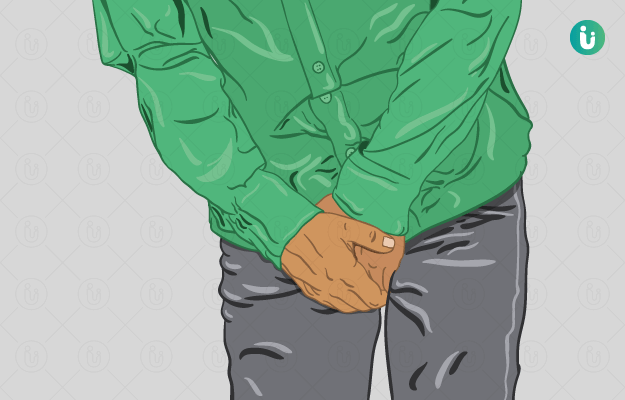What is Peyronie’s disease?
Peyronie’s disease is a connective tissue disease of the penis, wherein a non-elastic, fibrous tissue forms inside the penis leading to curvature of the penis. An individual may experience a painful erection, which may be dissatisfying during intercourse. The condition may also be psychologically challenging, hence, consultation with a urologist is important for treatment.
What are its main signs and symptoms?
Peyronie’s disease referred to as curved penis shows the following signs and symptoms:
- Lumps or hard tissues on the penis.
- Upward, downward curvature in the penis.
- Hourglass-like appearance of the penis.
- Shortening of the penis.
- Pain.
What are the main causes?
The main causes of the Peyronie’s disease are as follows:
- Repeated injury to the penis: Trauma to the penis during sports activity, accident or repeated intercourse can lead to an inflammatory response at the trauma site leading to the formation of plaque. Stress worsens the condition.
- The secondary reason is genetic transmission of the disease.
How is it diagnosed and treated?
Diagnosis is mainly done by the urologist through physical examination of the penis. Noting history such as, the time of penile trauma, progression of penile stability and the way it affects your sex life can be beneficial for diagnosis.
- Feeling the penis at flaccid state can help to identify the location and size of the growth in the penis.
- Measurement of penile curvature in erected position.
- Duplex Doppler testing for determining size, location, and formation of calcium deposits in the tissues.
- Ultrasonography.
- Blood investigation can be suggested for risk groups such as individuals with diabetes or hormonal fluctuations.
If the curvature of your penis is not affecting your sex life, then your doctor might not suggest any treatment. The treatment options are as follows:
Medication:
- Drugs which reduce the size of the fibroid may be given topically, orally or intra lesionally or iontophoretic (using electric current) delivery through skin.
- Drugs which reduce oxidative stress.
Non- surgical therapies:
- Penile traction
- Vacuum Erectile Device
- Radiation therapy
- Hyperthermia therapy
- Extra corporeal shock wave therapy.
Surgery
Peyronie’s disease can be treated by a number of ways. Proper counselling by sex counsellor and psychological counsellor is also suggested to take care of psychological distress caused by the condition. It is better to seek proper medical advice of your doctor for prompt treatment.
















